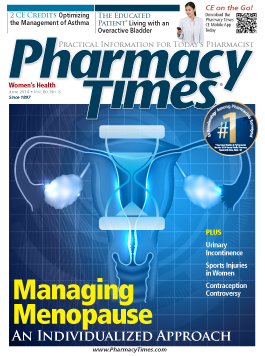Publication
Article
Pharmacy Times
Percentage of Undiagnosed Diabetes Cases Declines
Although the overall prevalence of diabetes has substantially increased over the past 2 decades, the proportion of undiagnosed diabetes cases has significantly decreased, according to the results of a recent study.
The cross-sectional study, published in the April 15, 2014, issue of the Annals of Internal Medicine, used data from the National Health and Nutrition Examination Survey for 1988 to 1994 and 1999 to 2010 to update trends in the prevalence of diabetes, prediabetes, and glycemic control in adults 20 years and older. The researchers of the study analyzed glycated hemoglobin levels to define undiagnosed diabetes and prediabetes.
In 2010, approximately 21 million adults had confirmed diabetes, and the total prevalence increased from 5.5% in 1988 to 1994 to 9.3% in 1999 to 2010. The prevalence of prediabetes also increased over the study period, from 5.8% to 12.4%. However, the prevalence of undiagnosed diabetes remained relatively stable. From 2005 to 2010, the proportion of undiagnosed diabetes cases only accounted for 11% of the total prevalence, down from 16% in 1988 to 1994. The results also indicated racial and ethnic disparities in diabetes prevalence. Total prevalence was greater and glycemic control was worse among non-Hispanic blacks and Mexican Americans compared with non-Hispanic whites.







